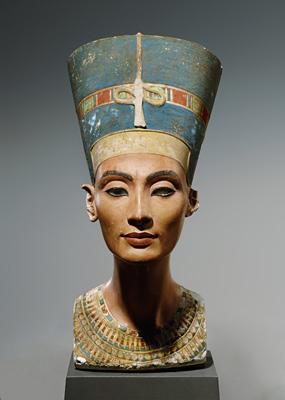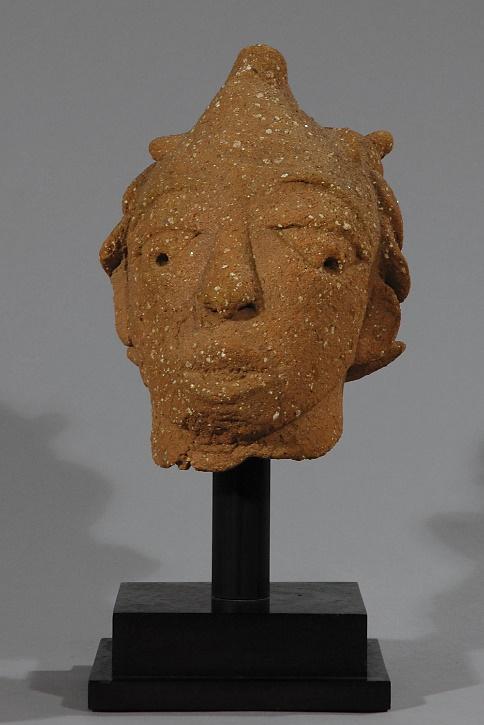The Standard of Ur

Standard of Ur is a Sumerian artifact, which is a part of Mesopotamian culture. The approximate date of the artifact is estimated around the 3rd millennium B.C.; more specifically, it is from the First Dynasty of Ur during the Early Dynastic period, which is around 4,600 years old (Box | British Museum, n.d.). The artifact is presented as a hollow wooden box decorated with a mosaic from the shell, red limestone, and lapis lazuli, depicting the life of the Mesopotamian people of the time.
The Sumerian Artifact was found in one of the largest royal tombs, which was located in Iraq, the city of Ur in the Royal Cemetery. The initial size of the Standard of Ur is 21.59 centimeters (8.50 in) wide by 49.53 centimeters (19.50 in) long (Box | British Museum, n.d.). The archeological discovery was made by Leonard Woolley in Mesopotamia in 1927–1928. His archeological expedition managed to discover the artifact in the corner of a chamber, nest to the shoulder of a royal deceased. It is currently located at the British Museum in London.
The Nefertiti Bust

The Nefertiti Bust is one of the most significant art pieces of Egyptian culture, dating back to 1345 B.C. It represents a classical Egyptian art style that originated from the Amarna art style, developed in Akhenaten’s reign. The piece of art is 48 centimeters (19 in) tall and weighs about 20 kilograms (44 lb) (Verein zur Förderung des Ägyptischen Museums und Papyrussammlung Berlin e.V, 2019). The material includes a limestone core covered with painted stucco layers and eyes with inserted quartz with black paint and fixed with beeswax. Over the years, the artifact has been kept in various German Museums and is currently presented at the Neues Museum in Berlin.
The Nefertiti Bust was discovered by German archeologist Ludwig Borchardt in 1912. The finding was uncovered in the workshop of the sculptor Thutmose in Amarna – an ancient Egyptian city that remains built by the Pharaoh Akhenaten of the late Eighteenth Dynasty and abandoned shortly after his death (Verein zur Förderung des Ägyptischen Museums und Papyrussammlung Berlin e.V, 2019). The Nefertiti bust has become a cultural symbol of Germany and one of the primary representative pieces of ancient Egypt. Moreover, the art installation has been the central topic of an argument and controversies between Egypt and Germany over Egyptian demands for its repatriation.
The Nok Head

Nok Terracotta Headis a representation of African culture and the oldest known figurative sculpture south of the Sahara. While the exact date of the statue is not determined, it is estimated to be in the 4th Century A.D. (Nok Head, n.d.). The Nok Head is made of clay and gravel, which is precisely defined as the slip (the mixture of clay and water used to give pottery surfaces an even texture), unfortunately, eroded, depriving of seeing the original texture. The sculpture is H. 22 cm (8,7″) high, 16 cm (6,3″) wide, weighing 2,45 kg (Nok Head, n.d.).
The discovery was made in Nigeria after a local mining operation in the first half of the 20th century. The collection of artifacts, mostly fragmentary sculptures, was buried under 8 meters (26 ft) of sand and earth (Nok Head, n.d.). The name of the piece is given after the Nigerian village it was discovered in, defining a whole significant Nok culture. The selection of ancient African culture is currently displayed at Christa’s Fine Tribal Modern Art Gallery, with the ability to purchase.
The three art pieces depicted all represent the peculiarities of each culture, showcasing respect for their Gods or Rulers. In the Mesopotamian case, the piece was found in the tomb of a respected ruler, which demonstrates the burial cult and the respect for the high reign individuals. The busts from Egyptian and African cultures represent rulers’ power and their highness since their heads were widely produced.
References
Box | British Museum. (n.d.). The British Museum. Web.
Nok Head. (n.d.). Christa’s Fine Tribal Modern Art Gallery. Web.
Verein zur Förderung des Ägyptischen Museums und Papyrussammlung Berlin e.V. (2019). Nefertiti: (Society for the Promotion of the Egyptian Museum Berlin). Egyptian Museum Berlin. Web.